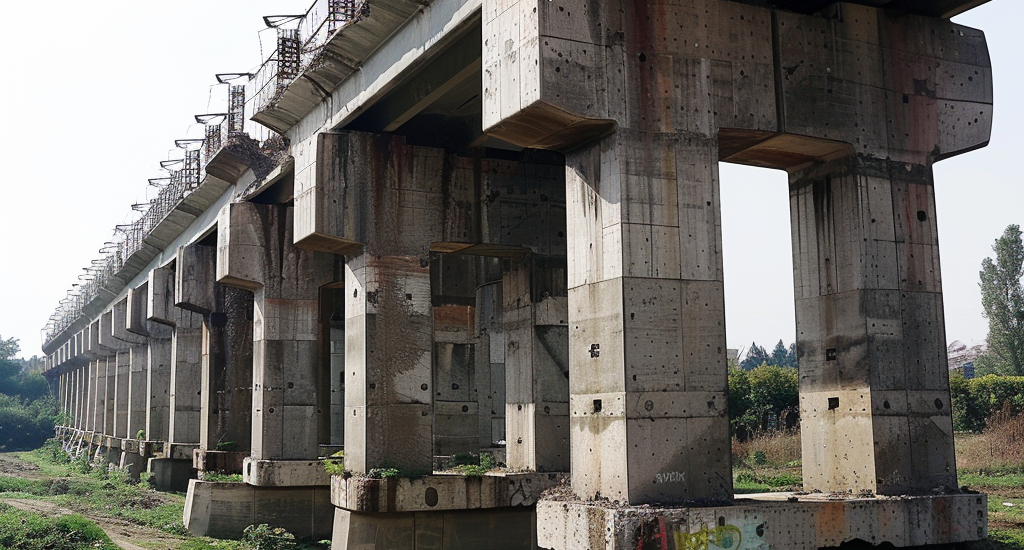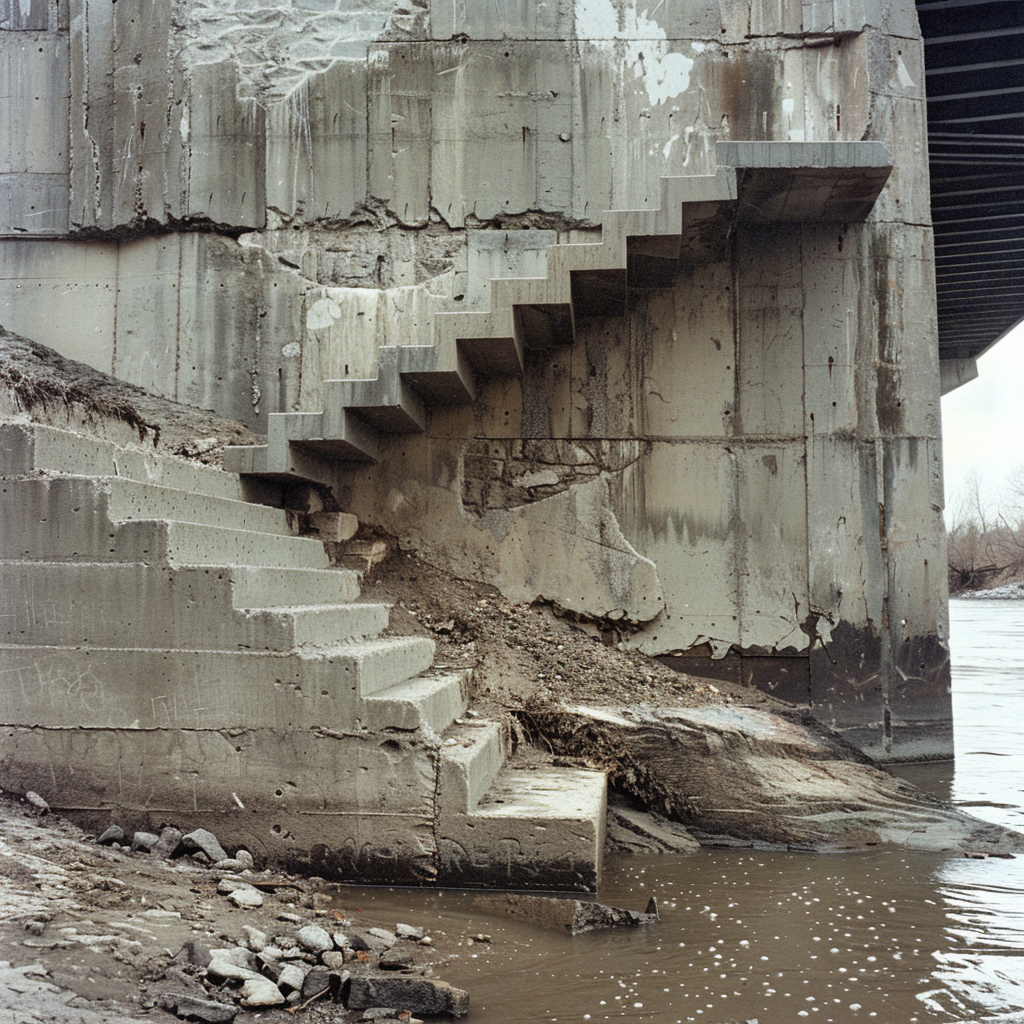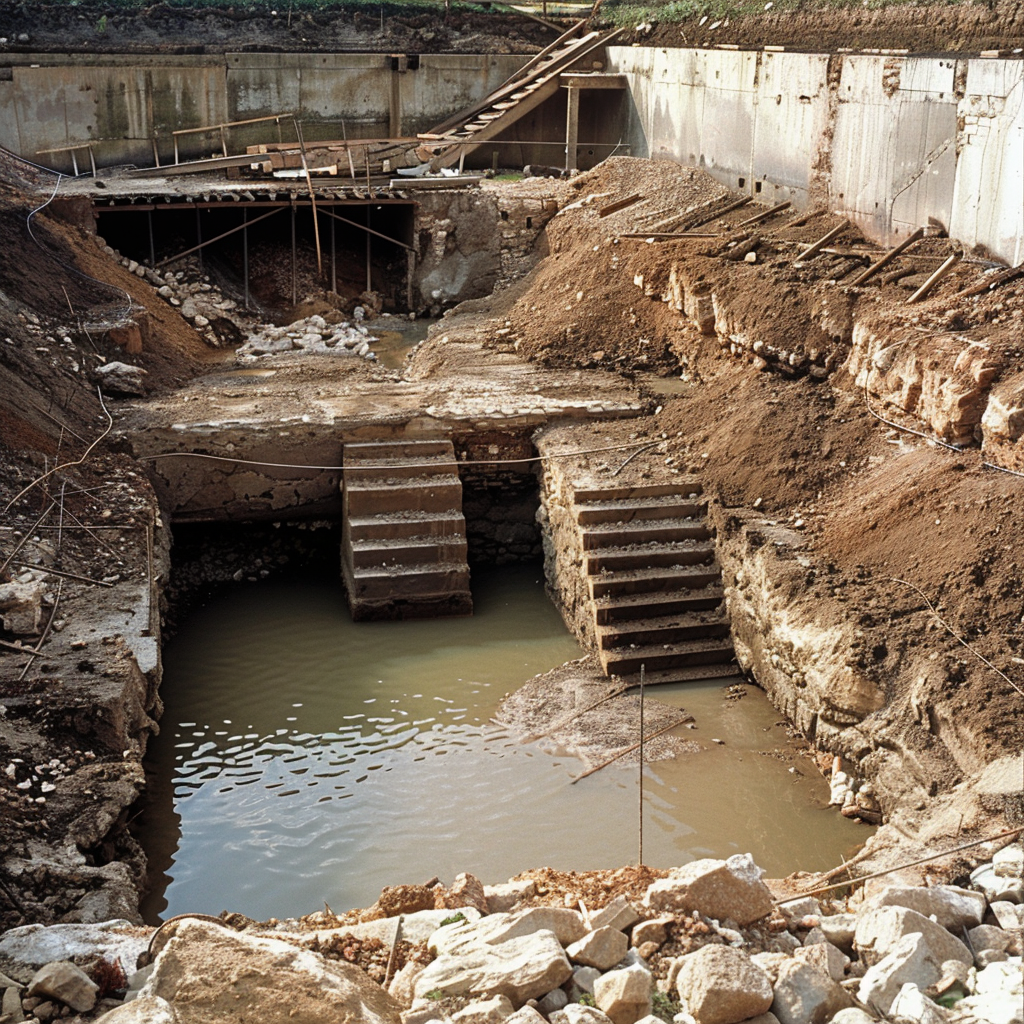Importance of Retaining Structures Analysis
- July 12, 2024
- Posted by: Velosi Author
- Categories: Geotechnical, Insights

Retaining structures are critical in construction, helping to hold back soil or rock from a building, road, or other structure. Without retaining structures, buildings, and roads could collapse due to shifting soil.
Analyzing these structures is crucial because it ensures they are strong and safe. This process, known as geotechnical analysis, helps engineers understand the ground conditions and design structures that can handle the pressure and weight of the soil.
In this article, let us explore why retaining structure is important and how geotechnical services help create safe and stable constructions.
1. What Are Retaining Structures?
Retaining structures are walls or other construction designs to hold back soil, rock, or other materials. They are commonly used in areas with steep slopes, such as hillsides or riverbanks, to prevent soil from sliding down and causing damage to nearby buildings or roads.
These structures are crucial in maintaining the stability of the terrain and ensuring the safety of people and property.
2. Why Analyze Retaining Structures?
- Safety: The primary reason for analyzing retaining structures is to ensure safety. If a retaining wall fails, it can cause landslides or collapse, leading to significant damage and even loss of life. Geotechnical engineers study the soil and design structures that can withstand the pressure and weight of the earth behind them.
- Longevity: Proper analysis helps in designing retaining structures that last longer. By understanding the soil’s properties and how it interacts with the structure, engineers can create more durable walls requiring less maintenance over time.
- Cost-Effectiveness: Analyzing retaining structures can save money in the long run. Well-designed structures are less likely to fail, reducing the need for costly repairs or replacements. Additionally, efficient designs can use materials more effectively, lowering construction costs.
The Role of Geotechnical Services
Geotechnical services involve studying the ground where a retaining structure will be built. This includes analyzing soil samples, understanding the terrain, and assessing potential risks. Here are the key steps involved:
- Soil Analysis: Engineers take samples of the soil and test them in a lab. They look at factors including the soil’s strength, composition, and how it reacts to water. This information helps in designing a structure that can handle the specific soil conditions.
- Site Assessment: Engineers visit the construction site to understand the terrain and identify any potential issues, such as underground water or unstable slopes. This assessment helps in planning the construction process and ensuring that the retaining structure will be effective.
- Design and Planning: Based on the soil analysis and site assessment, engineers create a detailed design for the retaining structure. This includes choosing the right materials and construction methods to ensure stability and safety.
- Monitoring and Maintenance: After the structure is built, geotechnical services also involve monitoring its performance over time. Regular inspections and maintenance help in identifying any potential problems early and addressing them before they become serious issues.
Types of Retaining Structures
There are several types of retaining structures, each suited for different conditions and purposes:
- Gravity Walls: These rely on their massive weight to hold back the soil. They are often made of concrete or stone and are used in areas where the soil pressure is relatively low.
- Cantilever Walls: These have a vertical stem and a base that extends into the ground, creating a lever effect that holds back the soil. They are suitable for taller walls and can handle higher soil pressures.
- Sheet Pile Walls: These are made of steel or wood sheets driven into the ground. They are used in areas with loose or soft soil and are often temporary solutions during construction projects.
- Anchored Walls: These use cables or rods anchored into the soil behind the wall to provide additional support. They are used in situations where high soil pressures need to be managed.
Challenges in Retaining Structures Analysis
- Soil Variability: Soil properties can vary considerably within a small area even if it is made up of similar soils. This makes it challenging to predict how the soil will behave and requires thorough testing and analysis.
- Water Pressure: Water can add significant pressure to retaining structures, especially in areas with high groundwater levels or heavy rainfall. Proper drainage systems need to be designed to manage water pressure.
- Environmental Impact: The construction of retaining structures can impact the surrounding environment. Engineers need to consider factors like erosion, vegetation, and wildlife habitats when designing these structures.
- Load Changes: Retaining structures need to be designed to handle changes in load, such as additional soil weight from construction activities or natural events like earthquakes.
Conclusion
Retaining structures are very important for keeping construction projects stable and safe. Studying these buildings with geotechnical services makes sure they can handle the soil and site where they are built. This makes them safe and long-lasting. By learning about how important it is to keep structures strong and studying how to do that, we can see how geotechnical engineers are really important for making sure the things we build are safe and sturdy.
Please contact us for more information and assistance.





